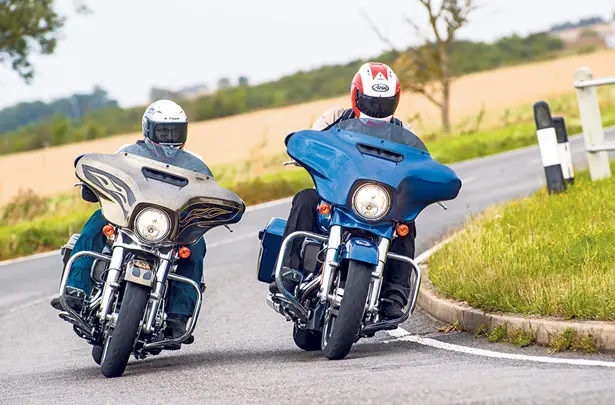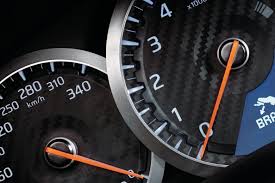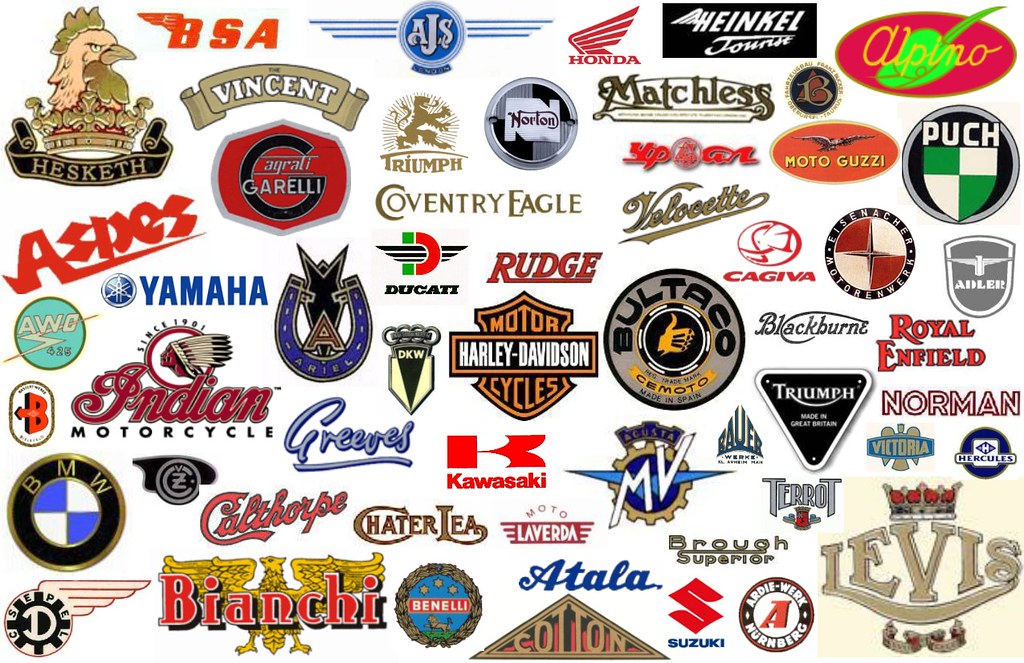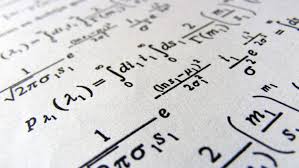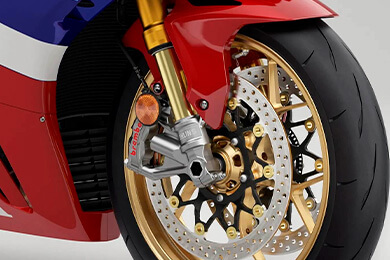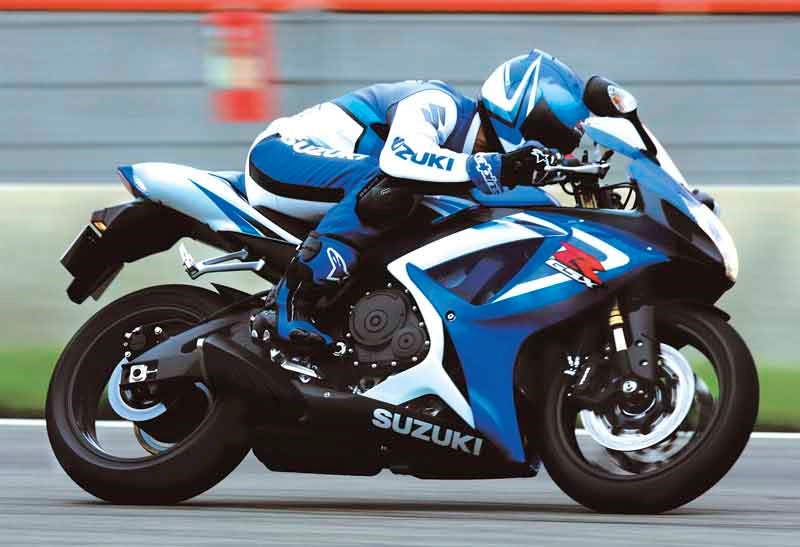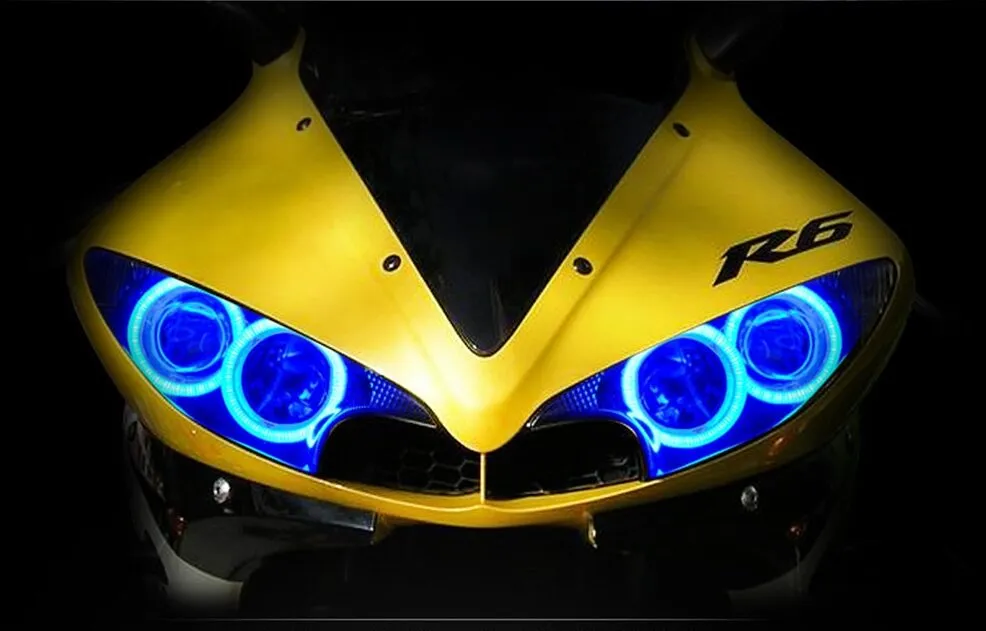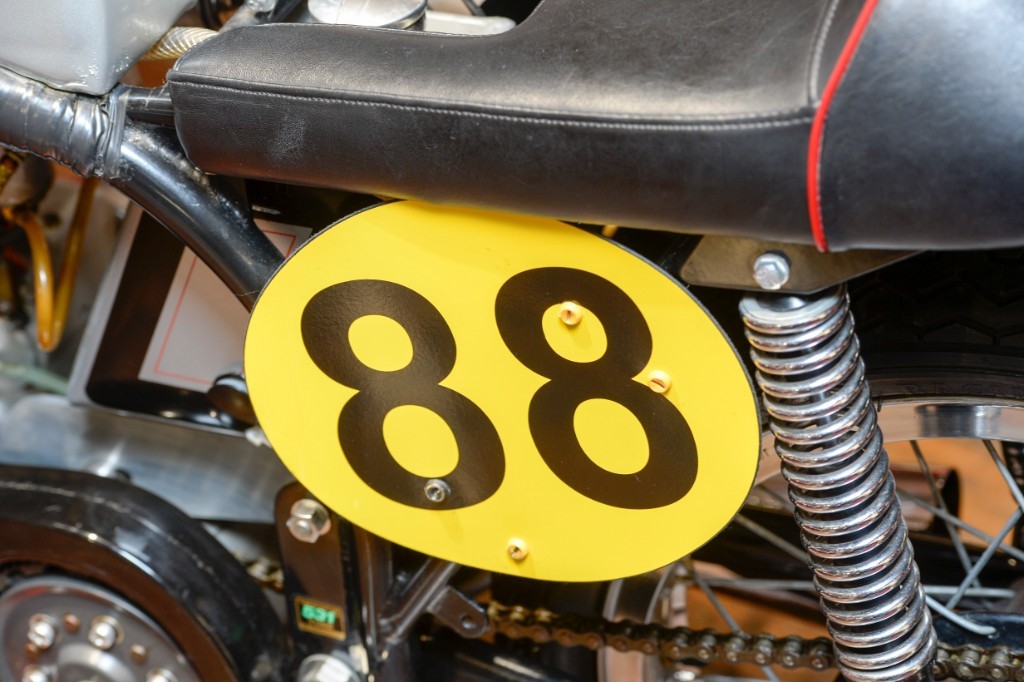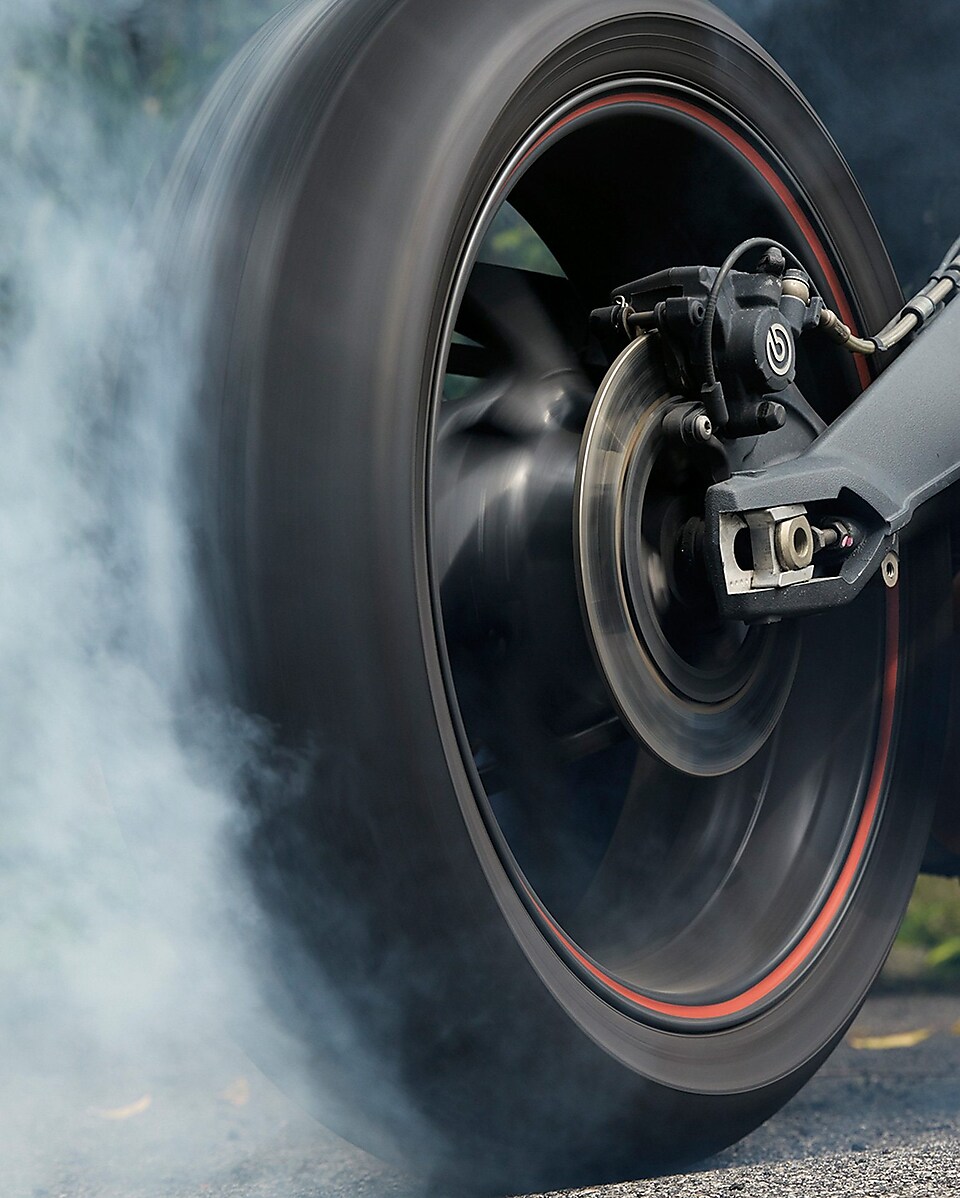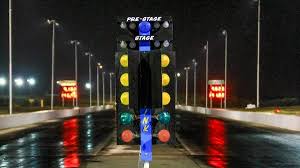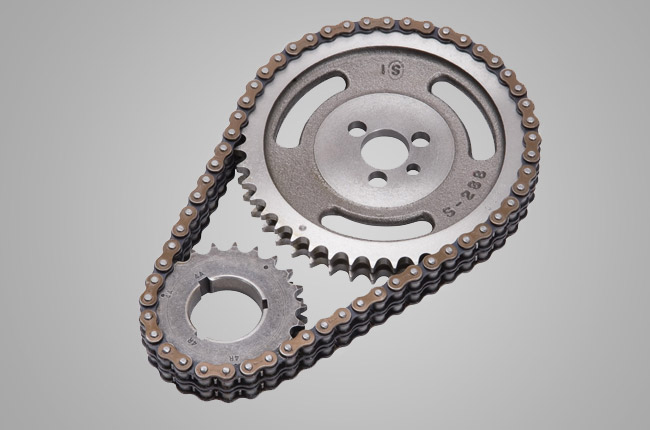


This edition of the Suzuki GS 1100 G is the 5 speed | Manual version and was first brought out in 1982. This was at around the same time as the introduction of the 1982 Honda CB 750 SC Nighthawk and the 1982 Yamaha XS 400 L Maxim.This particular Suzuki GS 1100 has a 1074cc Air cooled, Two stroke, V4 Petrol powerplant with 4 cylinders and Carburettor.
The 1982 GS 1100 shares its V4 engine and Sport-Touring style configuration with the likes of the 2025 Yamaha Tracer 9 GT and the 2020 Yamaha MXT 850 Niken. Alternatively, if you're looking for other bikes which share the GS 1100's Sport-Touring style with a similar size of engine then how about the 2025 Yamaha Tracer 9 GT | 2025cc.2020 Yamaha MXT 850 Niken | 2020cc.
Weighing in at 244 kgs (537 lbs) this makes the Suzuki GS 1100 G in the same weight category as the 2025 Kawasaki Z 900 DOHC or the 2025 Yamaha MT-09 Y-AMT, give or take 50kg.
In terms of power the 1074cc 8 valve V4 4 cylinder engine produces 92 bhp (68 kW) @ 8000 rpm similar to the 2025 Yamaha Tenere 700 [72.4 bhp (53 kW) @ 9000 rpm] or the 2025 Yamaha Tenere 700 Rally [72.4 bhp (53 kW) @ 9000 rpm].
The DOHC Two stroke unit throws out torque of 64.0 lb-ft (86.7 Nm) @ 7000 rpm placing it alongside motorbikes of similar performance figures such as the 2025 Yamaha MT-09 Y-AMT [68.5 lb-ft (93.0 Nm) @ 7000 rpm] and the 2025 Yamaha YZF-R9 Triple [68.5 lb-ft (93.0 Nm) @ 7000 rpm].
If one combines the weight with power or torque performance for the Suzuki GS 1100 you can get a better idea of it's real world performance.
The 1982 Suzuki GS 1100 G has a Power to weight ratio of 377.0 bhp per ton and 262.2 lb-ft per ton. Bhp Per Ton figures of the 1982 GS 1100 competing with the 1985 Yamaha XJ 900 F [401.6 bhp\ton] and the 1990 Yamaha XJ 900 F [401.6 bhp\ton].
If you agree with the late great Carroll Shelby, then arguably an even better indicator of potential performance is Torque. Factor weight into the equation and you end up with - Torque per ton, with the Suzuki GS 1100 generating around 262.2 lb-ft per ton. If you're curious as to what other motorbikes have as much torque to weight then look no further than the 1984 Honda VF 1100 S Sabre V65 [286.8 lb-ft per ton] and the 1994 Kawasaki ZX-9 R Ninja [286.7 lb-ft per ton].
With a 0-60mph time of 9.8 secs or a 0-100km/h (0-62mph) of 10.0 secs, this makes the Suzuki GS 1100 G similar in acceleration to the 2024 Suzuki V-Strom 800 RE Tour (9.8 secs) and the 2016 Suzuki GSX 1250 FA (9.8 secs). This Suzuki GS 1100 G also competes in terms of 0-60 mph and 0-100km/h with the 2018 Honda CB 250 R Neo Sports Cafe (0.0 secs) and the 2020 Norton Superlight SS (0.4 secs).
When talking about the performance of the 1982 Suzuki GS 1100 G on the drag strip it can reach a quarter mile in an estimated 0 secs @ 0 mph. Bikes with a similar performance down the quarter mile can be found in the 2002 Yamaha TT 600 R (0 secs) and the 2020 Yamaha Tricity 300 SOHC (0 secs).
The 1982 version of the Suzuki GS 1100 G has a maximum speed of 0mph.
If maxing out your bike on the AutoBahn is your thing and you're wondering what's faster at the top end than the 1982 Suzuki GS 1100 G then how about a 2013 Honda CHF 50 Metropolitan (35 mph) and the 2002 Honda CHF 50 Metropolitan (35 mph).





